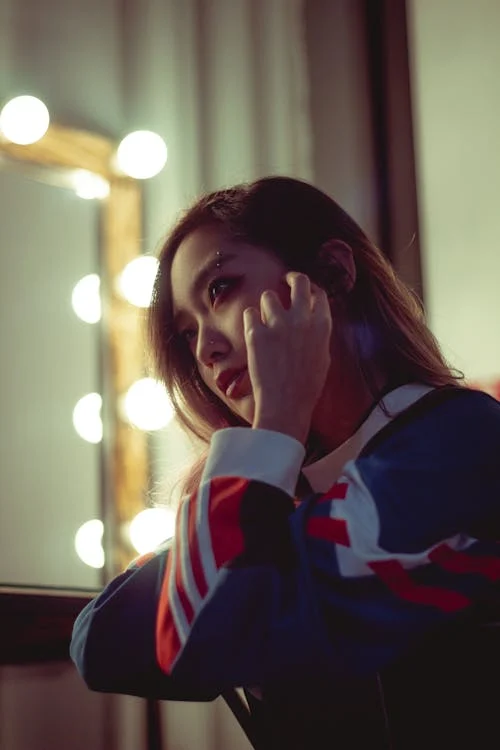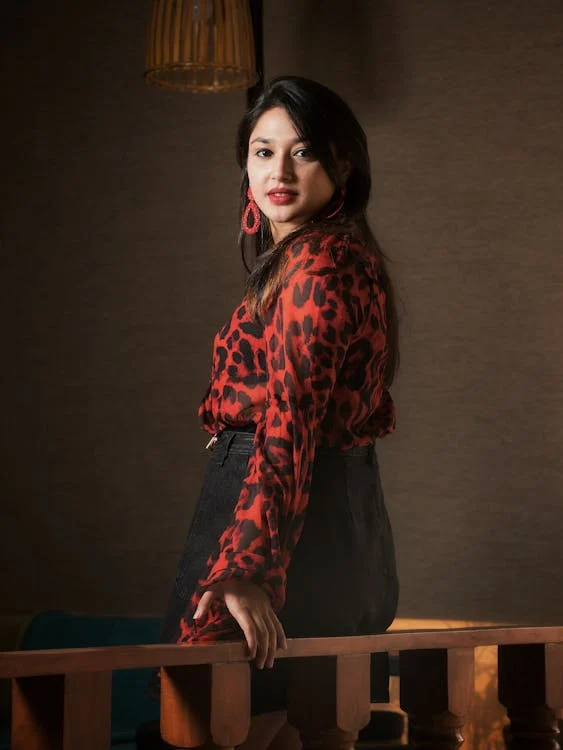Best Women’s Japanese Fashion Evolution of Early 2024


Japanese fashion has gained global recognition for its distinct blend of traditional and contemporary styles. From the rich cultural heritage of kimonos to the avant-garde street styles of Harajuku, Japanese women’s fashion is diverse and captivating. Whether you’re interested in minimalist designs or bold, eclectic outfits, Japan offers a wealth of inspiration. In this article, we’ll dive into the many layers of Japanese women’s fashion, covering everything from classic attire to modern trends.
Thank you for reading this post, don't forget to subscribe!The Evolution of Japanese Fashion
Japanese fashion has evolved over the centuries, with deep-rooted traditions influencing the present-day trends. The rich history of Japan is reflected in its clothing, from the elegant kimonos worn during the Edo period to the Western-inspired fashion trends that took off in the 20th century.
Traditional Japanese Garments
Kimonos are the most iconic traditional attire in Japan. These garments, typically made of silk, are worn during special occasions such as weddings, festivals, and tea ceremonies. The kimono consists of several parts, including the obi (a wide belt), naga-juban (an undergarment), and intricate accessories that enhance the overall look.
Kimonos are not just beautiful pieces of clothing; they are also symbolic. The colors, patterns, and styles of kimonos can represent the wearer’s age, marital status, and the season. For instance, floral motifs are often worn in the spring, while autumn leaves or cranes symbolize the fall season.
Another traditional garment is the yukata, a lighter, more casual version of the kimono, often worn during summer festivals or while staying in traditional Japanese inns known as ryokan.
The Rise of Western Influence
The Meiji Restoration in the late 19th century marked a significant shift in Japanese fashion. Western styles began to infiltrate the country as Japan opened up to global trade. Women started incorporating Western clothing items, such as blouses, skirts, and heels, into their wardrobes. This blending of Eastern and Western fashion led to the birth of unique styles that remain influential today.
Contemporary Japanese Fashion Styles

In modern-day Japan, fashion is a reflection of the country’s forward-thinking mindset and its respect for tradition. Several key styles define contemporary Japanese fashion, particularly for women.
Harajuku Style
When most people think of Japanese street fashion, the vibrant and eclectic styles of Harajuku come to mind. Harajuku, a district in Tokyo, is known for its bold, avant-garde, and sometimes extreme fashion choices. The Harajuku style combines Lolita fashion, Punk, and Kawaii (cuteness), with layered clothing, bright colors, and bold accessories.
Lolita fashion is trendy in Harajuku, characterized by Victorian-inspired dresses, petticoats, and lace-trimmed accessories. The look often includes bonnets, ribbons, and doll-like makeup, emphasizing a feminine and youthful appearance.
Minimalist Fashion
Contrary to the striking Harajuku style, Japanese fashion also embraces minimalism. The minimalist fashion movement draws on clean lines, neutral colors, and high-quality materials. Brands like Uniqlo and Muji exemplify this approach with their simple yet elegant designs, which prioritize comfort and functionality.
Minimalism in Japanese fashion is influenced by the country’s Zen philosophy, which values simplicity and harmony. Women who adopt this style often wear monochromatic outfits and sleek silhouettes, focusing on timeless pieces that can be worn year-round.
Gyaru Fashion
Gyaru is another influential style in Japanese women’s fashion. Emerging in the 1990s, Gyaru is characterized by heavily styled hair, dramatic makeup, and eye-catching clothing. The Gyaru look often includes dyed blonde hair, false eyelashes, and bold accessories like platform shoes and oversized jewelry.
There are several subcategories within Gyaru fashion, such as Ganguro, which embraces tanned skin and bright colors, and Onee-Gyaru, a more mature and polished version of the style. Though Gyaru has evolved over the years, it remains a statement-making style in Japan’s fashion scene.
Seasonal Fashion Trends in Japan

Japanese women’s fashion is highly influenced by the seasons. Designers and consumers alike pay close attention to the changing weather, incorporating seasonal elements into their wardrobes.
Spring: Cherry Blossoms and Pastels
Spring is synonymous with cherry blossoms in Japan, and the delicate beauty of these flowers is often reflected in women’s fashion. Pastel colors such as pink, light blue, and lavender are popular choices, and floral patterns dominate the season’s collections. Flowy dresses, light cardigans, and scarves are common pieces worn during the mild spring months.
Summer: Lightweight and Breathable Fabrics
Summer in Japan can be hot and humid, so women opt for lightweight fabrics like cotton and linen. Loose-fitting clothing, sundresses, and short-sleeved blouses are wardrobe staples during this season. Sandals and straw hats are popular accessories that not only complete the look but also provide relief from the heat.
Fall: Layering and Earth Tones
Autumn is a favorite fashion season in Japan due to the cooler weather and beautiful fall foliage. Earthy tones such as brown, beige, and rust become popular, and layering is key. Women often wear knitted sweaters, trench coats, and ankle boots during this season. Scarves and hats are also used to add extra warmth and style.
Winter: Chic Outerwear
Japanese winters can be quite cold, especially in the northern regions, so fashionable outerwear is essential. Long wool coats, puffer jackets, and turtleneck sweaters are commonly worn by women during the winter months. Boots, gloves, and scarves complete the winter look, offering both style and practicality.
The Influence of Japanese Fashion Globally
Japanese fashion has made a significant impact on the global fashion industry. Designers like Issey Miyake, Yohji Yamamoto, and Rei Kawakubo have brought Japanese aesthetics to the world stage, influencing international fashion trends with their avant-garde and conceptual designs.
The concept of wabi-sabi, which emphasizes the beauty of imperfection and impermanence, has inspired minimalist fashion trends worldwide. Additionally, the Kawaii culture, which focuses on cuteness and playfulness, has resonated with younger generations across the globe, particularly through fashion and pop culture.
Conclusion
Japanese women’s fashion is a dynamic fusion of tradition and modernity, offering a wide range of styles that cater to different tastes and personalities. From the elegance of kimonos to the boldness of Harajuku streetwear, Japan continues to be a global leader in the fashion world. As the seasons change, so do the trends, with each season bringing new opportunities for women to express themselves through clothing.
For those looking to explore Japanese fashion, there is no shortage of inspiration. Whether you’re drawn to the timeless beauty of traditional garments or the cutting-edge styles of contemporary Tokyo, Japanese fashion offers something for everyone.
